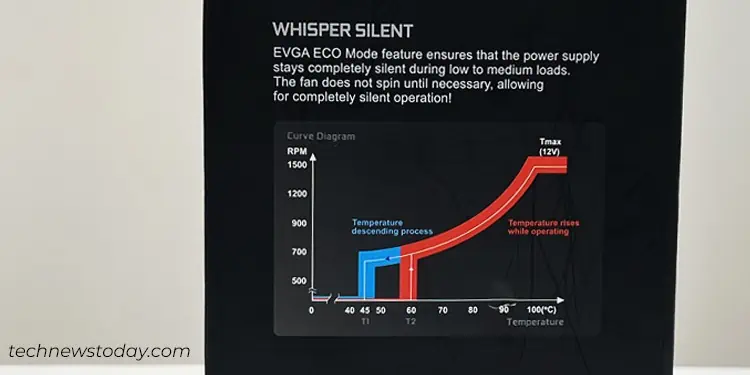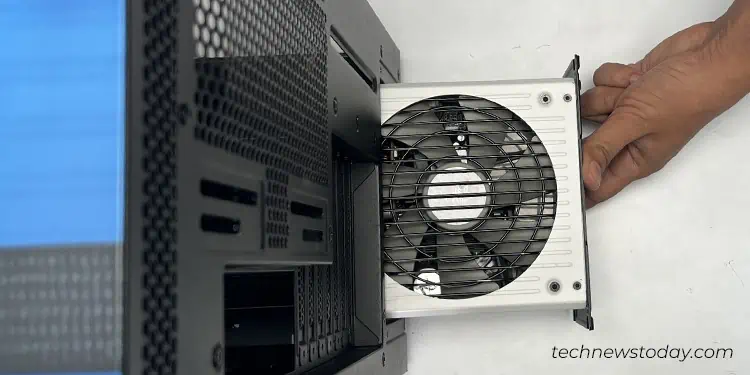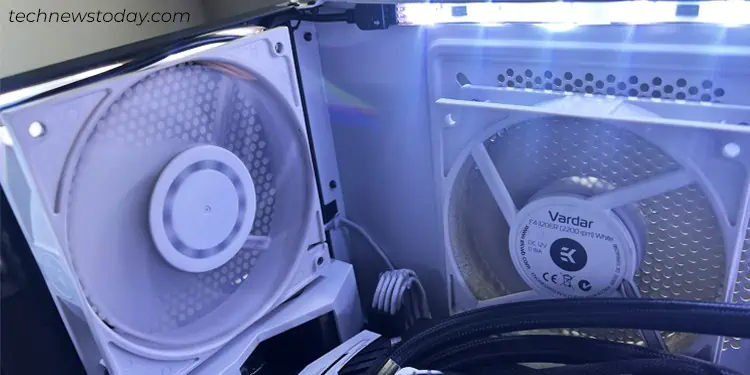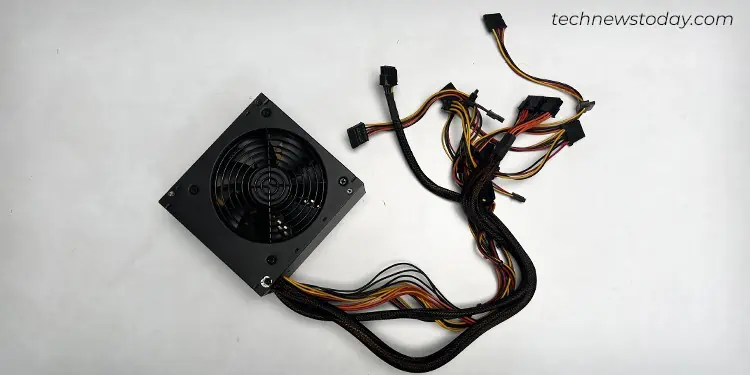The Power Supply Unit of your computer is designed tooperate within certain temperature limits. So if the temperature goes too high, it can make your system unstable, resulting inunwanted freezes and crashes.
It is, therefore, essential to deal with overheating to maintain thesystem’s performanceandavoid damage to the PC components.
In this article, I’m going to talk about the ways tosolve the PSU overheating problem. Starting from basic fixes like cleaning out dust and checking the airflow, I’ll move to advanced fixes like checking the power requirement and tweaking the overclocking settings.
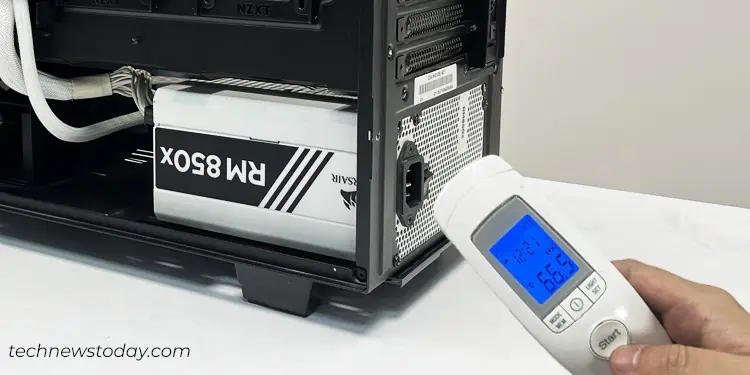
Let’s dive straight into them.
Check the Power Supply Temperature
Before concluding that your power supply is overheating, it’s vital to determine if it is actually overheating. Let’s first start by checking the PSU temperature.
Since there are no software applications that let you do it, you have to use tools like aninfrared thermometer or thermal imaging cameras.
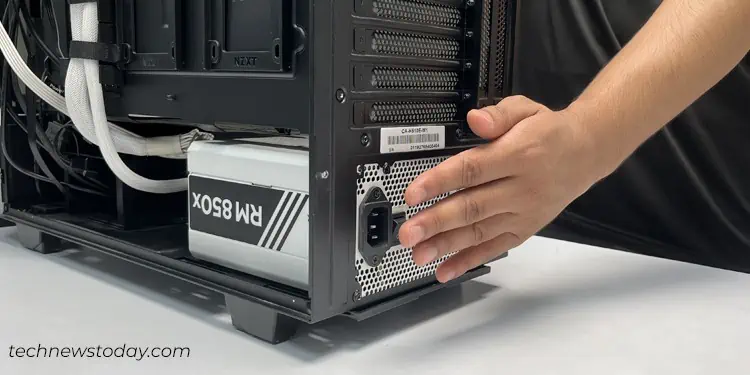
Here’s what I found when I measured the temperature on myCorsair RM 850xwith my infrared thermometer.66.5°C!
The PSU normally operates between the internal temperatureof40°C to 60°C. But there are also some high-spec PSUs that can operate up to a whopping 80°C-90°C, at the cost of reduced efficiency. Having said that, it isnot normal for a PSU to go above 60°C. you may consider it as overheating.
Moving forward, you may also gently place your hand on the exterior or at the air exhaust vent of the PSU and feel it for a moment. If the surface is uncomfortably hot to touch for an extended period, this also indicates overheating.
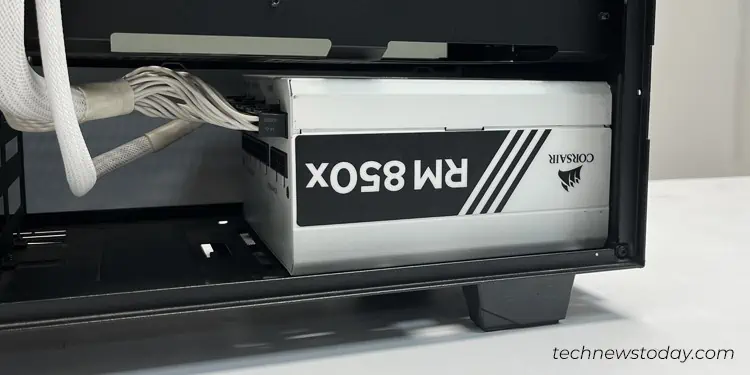
Do note that poor ventilation is one of the major causes for overheating. So, to begin with, verify that there are no obstructions around the PSU vents that are possibly blocking the airflow. If your room temperature is too high, you may need fans or air conditioners.
High-end PSUs these days include ahybrid fan mode, where thePSU fan remains offor spins at low speeds until a specific temperature or load threshold is reached.
However, when it starts rotating, you shouldmake sure it is doing its job correctly. If it doesn’t spin at its full speed even when overheating, seek professional help to fix it.

Below you may see the temperature-fanRPM curve for myEVGA Supernova 550 G3 PSU. You can see how the RPM (rotations per minute) tends to increase with increasing temperature.
Fix PSU Orientation and Improve Cooling
